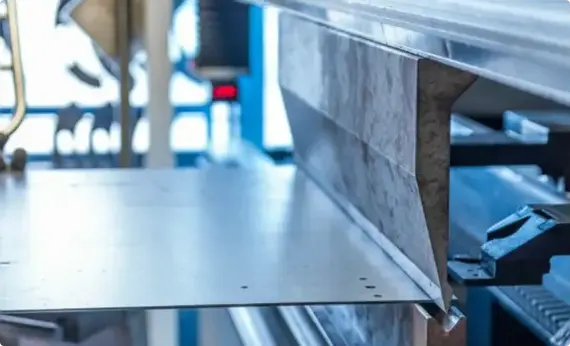
Wide range of applications for 310S Stainless Steel Pipes
310S Stainless Steel Pipes offer a number of impressive properties. Its high-temperature resistance is outstanding, and 310S Stainless Steel Pipes are able to operate consistently at temperatures of up to 1000 - 1150°C, making them a favorite in high-temperature industries.
310S Stainless Steel Pipes offer a number of impressive properties. Its high-temperature resistance is outstanding, and 310S Stainless Steel Pipes are able to operate consistently at temperatures of up to 1000 - 1150°C, making them a favorite in high-temperature industries.
In terms of corrosion resistance, 310S Stainless Steel Pipes excels. It is highly resistant to most organic and inorganic acids and alkaline solutions, and maintains its structural integrity in both wet environments and in locations where there is a risk of chemical corrosion.
310S Stainless Steel Pipes have excellent mechanical properties. With its high strength and hardness, it is able to withstand a certain amount of external pressure, and in machining and engineering applications, 310S Stainless Steel Pipes are well suited to meet structural strength requirements. At the same time, it also has a certain degree of toughness, not easy to brittle fracture, which provides a guarantee for its application in the complex stress environment.
From the point of view of characteristics, 310S Stainless Steel Pipes has a high surface finish, which not only makes it look more beautiful in appearance, but also in some application scenarios with high requirements for surface quality, such as food processing and medical equipment fields, 310S Stainless Steel Pipes can meet the relevant hygiene standards and use requirements.
The advantages are obvious. Because of its high temperature and corrosion resistance, 310S Stainless Steel Pipes are used in a wide range of applications such as heat treatment equipment, reactors and piping systems in the chemical industry. Moreover, 310S Stainless Steel Pipes have good processing performance, and can be made into various shapes and sizes of piping components through welding, cutting and other processing methods to meet the design requirements of different projects.
In conclusion, 310S Stainless Steel Pipes play an important role in many industrial fields with its outstanding performance, remarkable features and outstanding advantages.
stainless steel processing
The manufacture of stainless steel involves a series of processes. First, the steel is melted, and then it is cast into solid form. After various forming steps, the steel is heat treated and then cleaned and polished to give it the desired finish. Next, it is packaged and sent to manufacturers, who weld and join the steel to produce the desired shapes.

Melting and Casting
The raw materials that constitute a stainless steel item are placed together and melted in a giant electric furnace. Intense heat is applied rigorously for a period of 8 to 12 hours during this step. Once the melting is complete, the molten steel is cast into desired semi-finished forms. Some of the most common forms or shapes include slabs, blooms (rectangular shapes), billets (these could either be round or square), rods, and tube rounds.

Forming
In the second stage, the semi-finished steel shapes undergo a series of forming operations. For instance, the stainless steel is hot rolled (heated and passed through enormous rolls). The blooms and billets mentioned above are converted to bar and wire. The slabs on the other hand are formed into plates, strips or sheets. It is very common to turn semi-finished steel shapes into bars, as it is the most versatile stainless steel form (it comes in all grades and sizes). You have round, square, octagonal, and hexagonal bars, each suitable for a different type of application.

Heat Treatment
The various stainless steel forms undergo a thorough annealing process during this step. Annealing is another name for heat treatment where the stainless steel is heated and cooled in a controlled environment. The purpose of this heat treatment is to relieve the pent-up stress inside the stainless steel and soften the material to make it more suitable for a wide variety of applications. The people in charge of carrying out the annealing process have to be very careful about the conditions as even the slightest of changes in the temperature, pressure, duration, or cooling rate could result in a faulty product.

Descaling
During the annealing process, a certain amount of scale appears on the surface of the stainless steel. This scale can be removed using a number of different processes that are collectively known as descaling. Pickling is one of the more common methods of carrying out the descaling process.

Cutting
The semi-finished, heat-treated, and descaled stainless steel forms are cut into specific shapes in this step. Mechanical cutting is performed with the aid of guillotine knives, blanking, nibbling, and high-speed blades.

Finishing
Finishing is applied to help the stainless steel product achieve its signature aesthetically appealing appearance. Finishes are also needed to make the stainless steel product smooth and easier to clean, which is a top requirement in sanitary applications.
